(9.9252°N, 78.1198°E)
Madurai, one of the oldest cities in southern India, is regarded as the cultural centre of Tamil Nadu. The Pandya dynasty, with Madurai as its capital, was known to the ancient Greeks. Madurai appears on Ptolemy’s map of the world. It was considered by foreigners as ‘Athens of the South.’ Known as the ‘temple city,’ it is a sacred centre or a cosmic centre (i.e., not a centre in any economic or political sense). A sacred centre need not be in the crossroads of trade routes or the seat of power, though many like Peking or Madurai are both. A sacred centre has a vertical dimension linking this world with the world of the heavens. This is true in the case of Madurai where the celestial wedding of Lord Siva with Meenakshi, the local Goddess, is believed to have taken place. This marriage is nothing but a link between the earth and heaven. Temple, the fulcrum.
Meenakshi Amman Temple is an historic Hindu Temple located in the holy city of Madurai in India. It is dedicated to Lord Shiva – who is known here as Sundareswarar or Beautiful Lord and his consort, Parvati who is known as Meenakshi. The Temple forms the heart and lifeline of the 2500 years old city of Madurai.
Thirumalai Nayak Palace is a 17th century palace that was built by king Thirumalai Nayak, one of the Madurai Nayak rulers in 1636 AD in the city of madurai, India. This palace was built with the help of an Italian Architect and is a classic fusion of Dravidian, Islamic and European style.
The Gandhi Museum is one of the distinct places to be visited in Madurai. The Museum is one of the rare living memorial of Father of India. It was used as a summer palace of Nayak Rulers.
The Thirupparankundram Temple, Madurai dates back to the sixth century. It is considered to be one of the six abodes of lord Subramanya or Murugan. These six abodes of the Lord are popularly referred to as Arupadai Veedu. According to legend, the lord married Deivyani, the daughter of lord Indra at this place.
Located 21 kms northwest of Madurai is a Vishnu temple on a picturesque wooded hill. Here ‘Vishnu’ presides as Meenakshi’s brother ‘Azhgar’. During the chitrai festival in April/May, when the celestial marriage of Meenakshi to Sundareswarar is celebrated, Azhagar travels to Madurai.
Madurai is known popularly as the ‘City of Festivals’. Among the many festivals big and small which take place there throughout the year, one of the most picturesque is the Float Festival or ‘Teppothsavam’. On that day, the idols of goddess Meenakshi and her consort lord Sundareshwarar are taken in grand procession to the big lake called Teppakulam.
Experience Madurai’s various arts and crafts, eclectic city walks, cultural heritage, food tours and more to discover its culture and cuisine that spans centuries.
The Madurai Malli (Jasmine) Trail is a sensorial and immersive journey through the fields, markets, homes, and factories that bring this delicate flower to life—from bud to bloom, from fragrance to offering.
Spend a day visiting arts and crafts artisans to witness pottery making that has been produced for generations; goldsmiths to see how ornaments like rings were made centuries ago; Sungudi sari weaving using tie and dye method by the Saurashtrians who migrated to Madurai in the 17th century and more.
Madurai has a lively food scene and a recorded history that spans two millennia. Eat your way through some of that history. Every mouthful of its street food will get you an earful of stories – of its people, its culture and way of life.
Pudhumandapam, Pathuthoon, Vilakkuthoon (Lamp Post), Perumal Malai – Samanar Padukkai, Keela Valavu, Kazhugumalai, Vettuvan Kovil, Royagopuram, Vitta vasal, Yanaimalai, Keeladi
Construction of Pudhu Mandapam began in 1628 when Thirumalai Nayak decided he wanted to build a structure in honour of Lord Sundareshwarar. The 124 unique and intricately designed pillars of the hall are unrivalled in architectural history. Sculptures of Meenakshi, Shiva and Nayak kings stand against the 40-foot pillars as they create an optical illusion of sorts.
10 pillars in the northern part of the palace, with each pillar measuring 20 meters in length. These pillars were the remains of the entrance to the living quarters of Nayaks. Now these pillars are popularly known as ‘Pathuthoon’.
Mr.Blackburn who was a collector in 1840 allowed the people to expand the city limits and build houses beyond existing border at that time. Appreciating this, people of Madurai erected a Lamp post in 1840 honoring him.
Stone beds used by Jain monks in early centuries. Based on ancient inscription (Tamil Brahmi) are seen here, it can be considered that Jains first settled at Perumal hill and later they spread their habitat to Samanarmalai(Jainhills).
Inscriptions seen under the rock cut images are ‘Vattezhuthu’ belonging to 7th century AD. This Jain cave seen at the top of a hillock situated before Keelavalavu, about 45 km North of Madurai and on Melur – Thirupattur highway.
We can find many rock cut images belonging to the 8th and 9th century A.D. We can find the rock cut images of Bhagawan Parshwanatha flanked by Daranendra Yaksha and Padmavathi Yakshi, Umbrella and Chauri Bearers. Also we can find many other rock cut images of other Tirthankaras.
The Vettuvan Kovil (Vinayakar Kovil) is found on the slope of the hill (Kazhugumalai) and it is a rock cut Shiva temple. It is at the foot hills of the Jain vestiges.
Unfinished base of a Gopuram built by Pandiyan king near pudhu mandabam. If the tower had been finished it would have been the largest Tower in South India.
A half constructed entrance called ‘Vitta Vasal’, is believed to be a remnant of the thirteenth century fort wall of Pandya Kingdom.
Yanaimalai has jain caves where Jain Tirthankaras as bass relief from 1 AD.
Keezhadi, or Keeladi, is a Sangam period settlement site, where excavation are carried out by the Archaeological Survey of India (ASI) and the Tamil Nadu State Department of Archaeology.[1][2] This site is located near the town of Keezhadi in Sivaganga district, Tamil Nadu, about 12 km southeast of Madurai.
Madurai is famous for its spirit of festivity. There are a number of festivals celebrated in the city, forming an important part of its cultural heritage.
Thai Pongal is a three-dayfestival which according to theGregorian calendar is normally celebrated from January 13 to January 16, but sometimes it is celebrated from January 14 to January 17
Float Festival In the month of January/ February,(Tamil month of Thai), on full moon day, idols of Goddess Meenakshi and her consort Lord Sundareshwarar are brought from Meenakshi Amman temple to the Mariamman Tank in the morning and placed on a float.
The Chithrai festival in Madurai is among the world’s longest annual celebrations (lasts for about two weeks). It is celebrated in an attempt to unite the Vishnavites and the Shaivites.
Madurai and south Tamil Nadu, India, is crammed with everything a tourist could ask for-a colourful people, fascinating customs, ancient temples, golden beaches, hill stations and wildlife (within 3 to 4 hours drive).
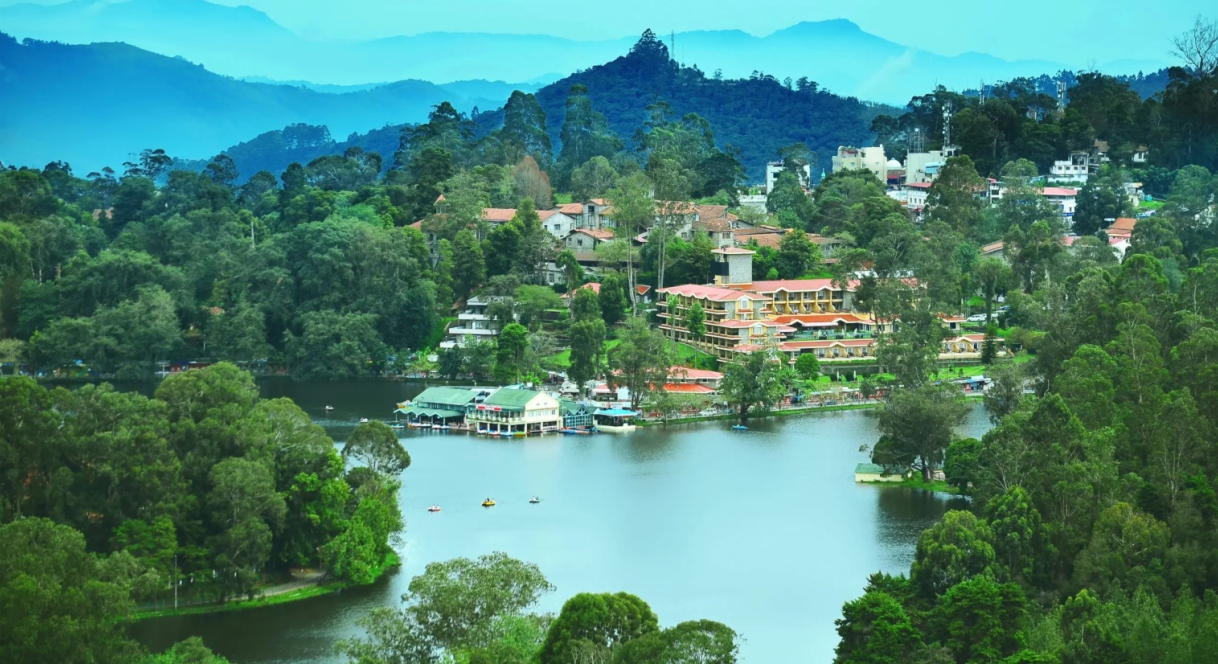
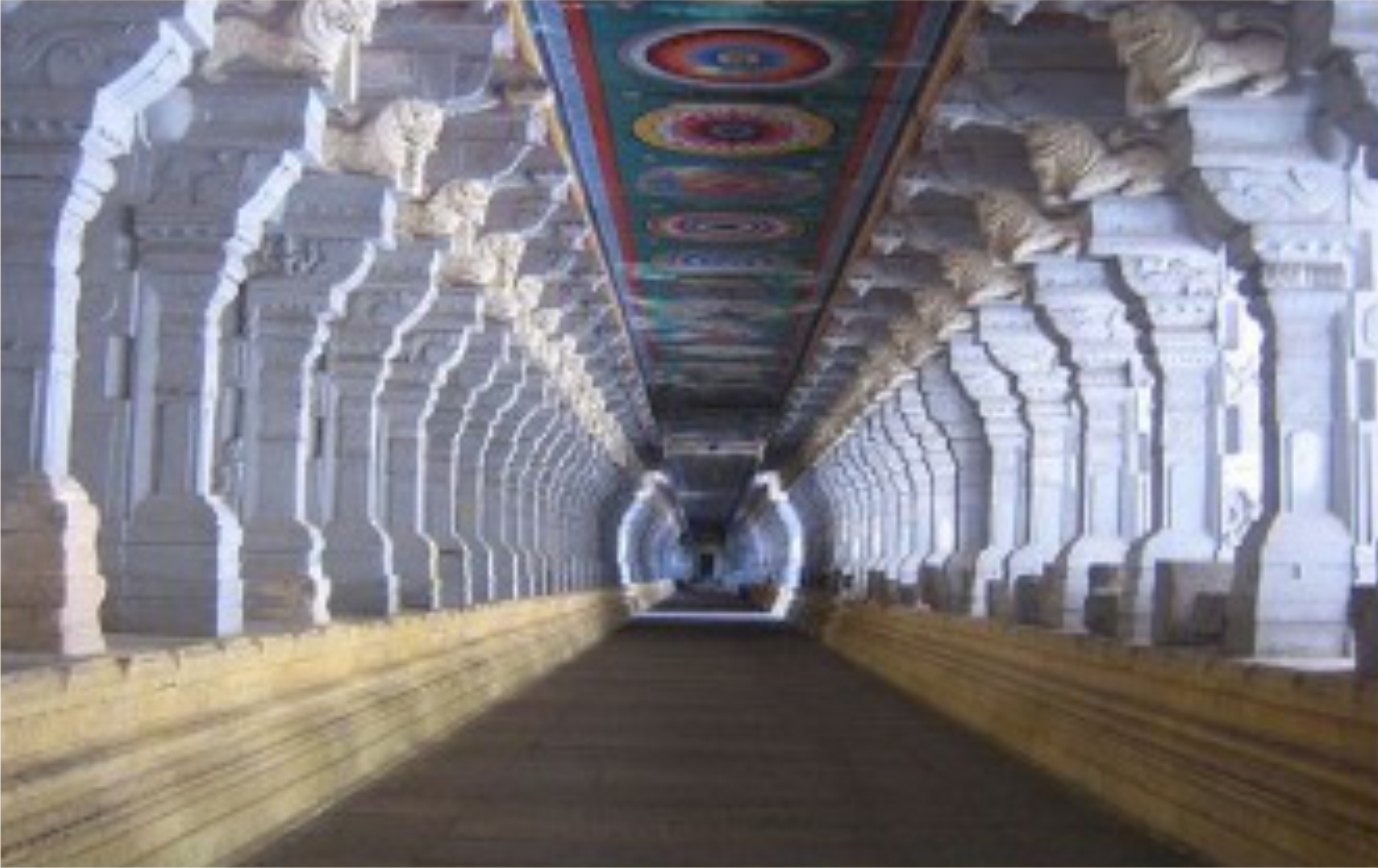

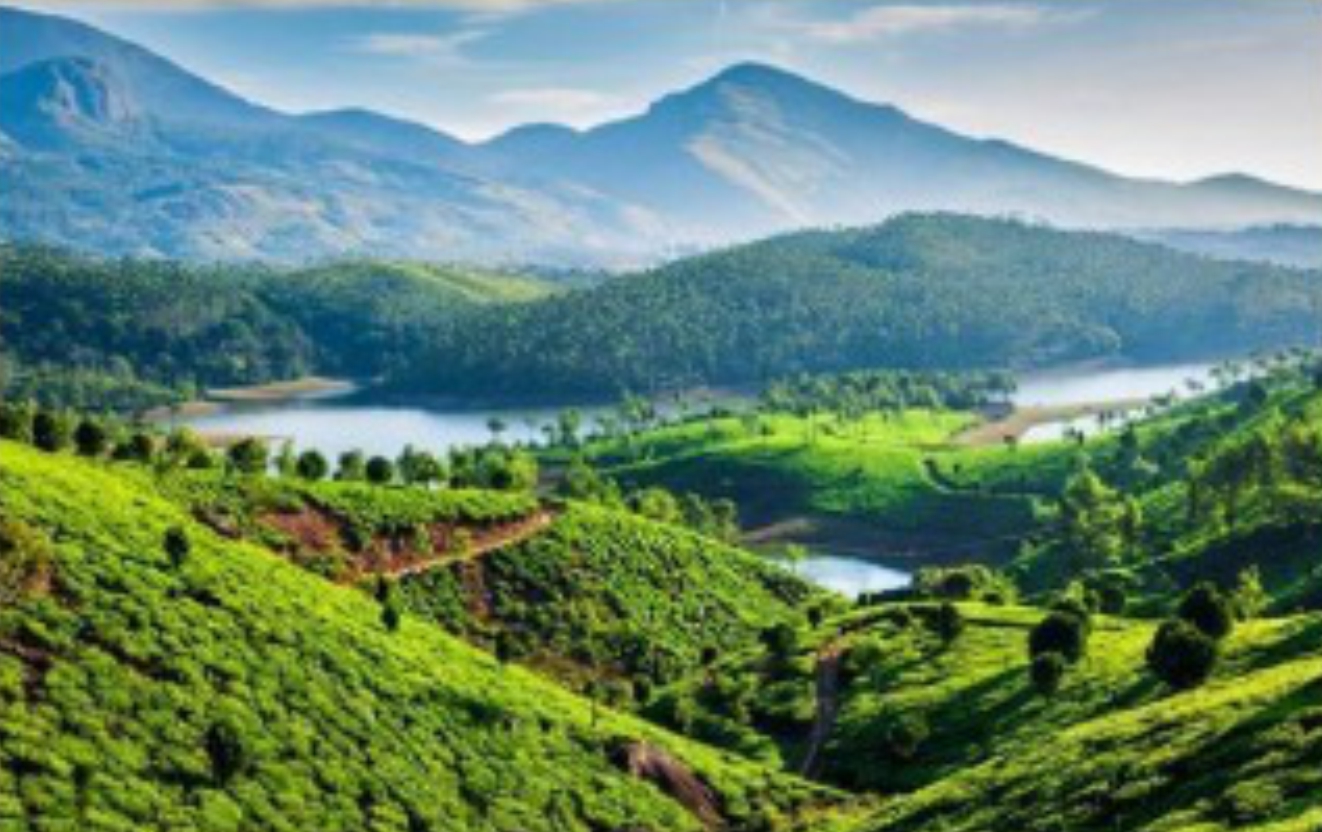
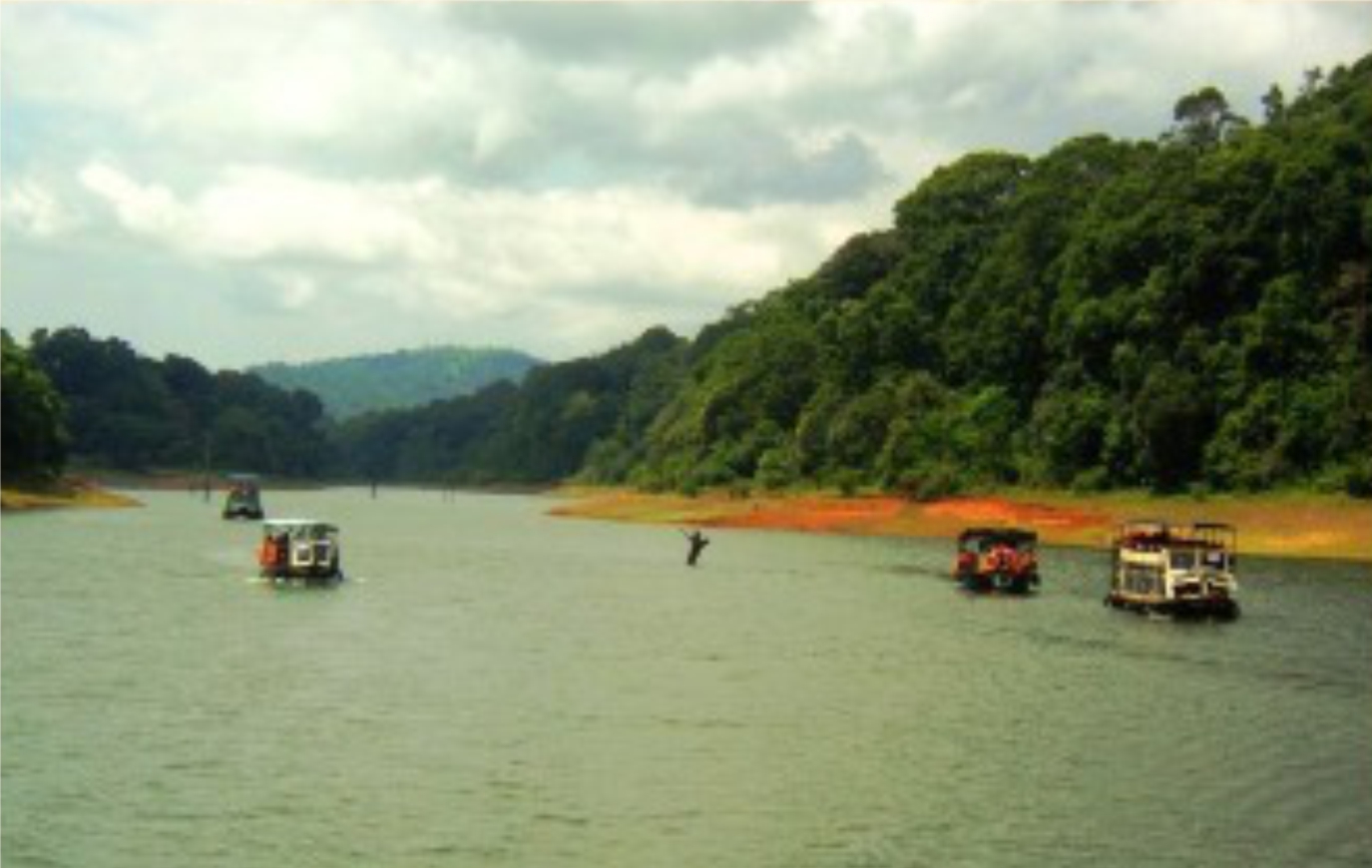
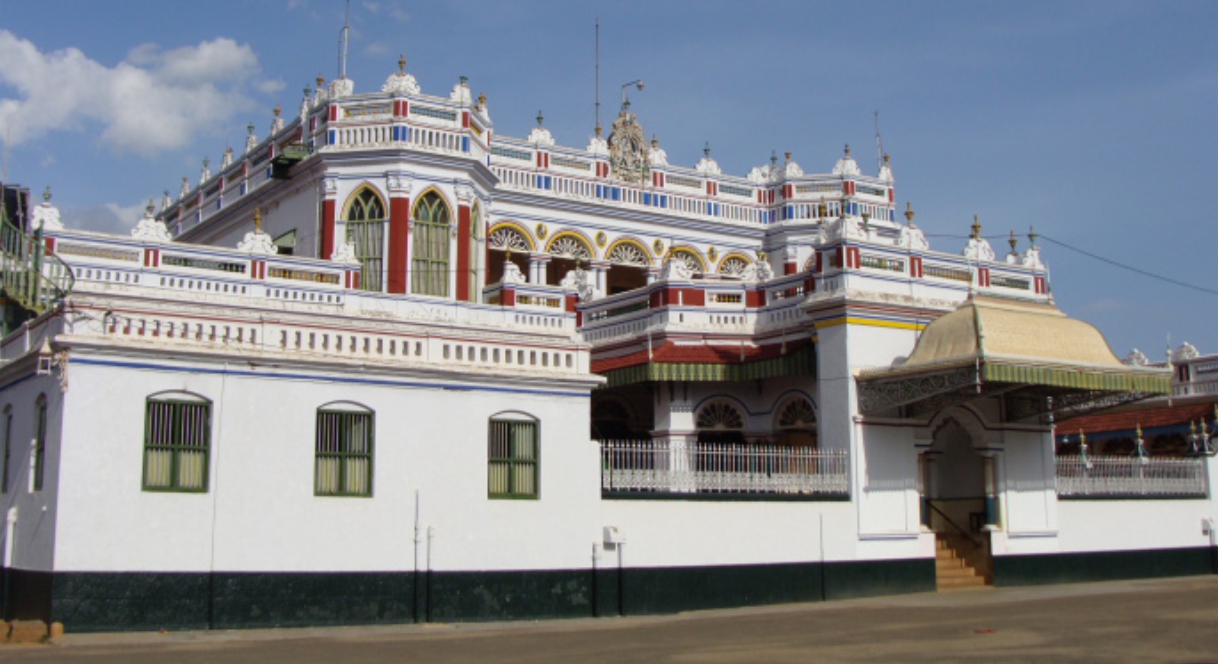
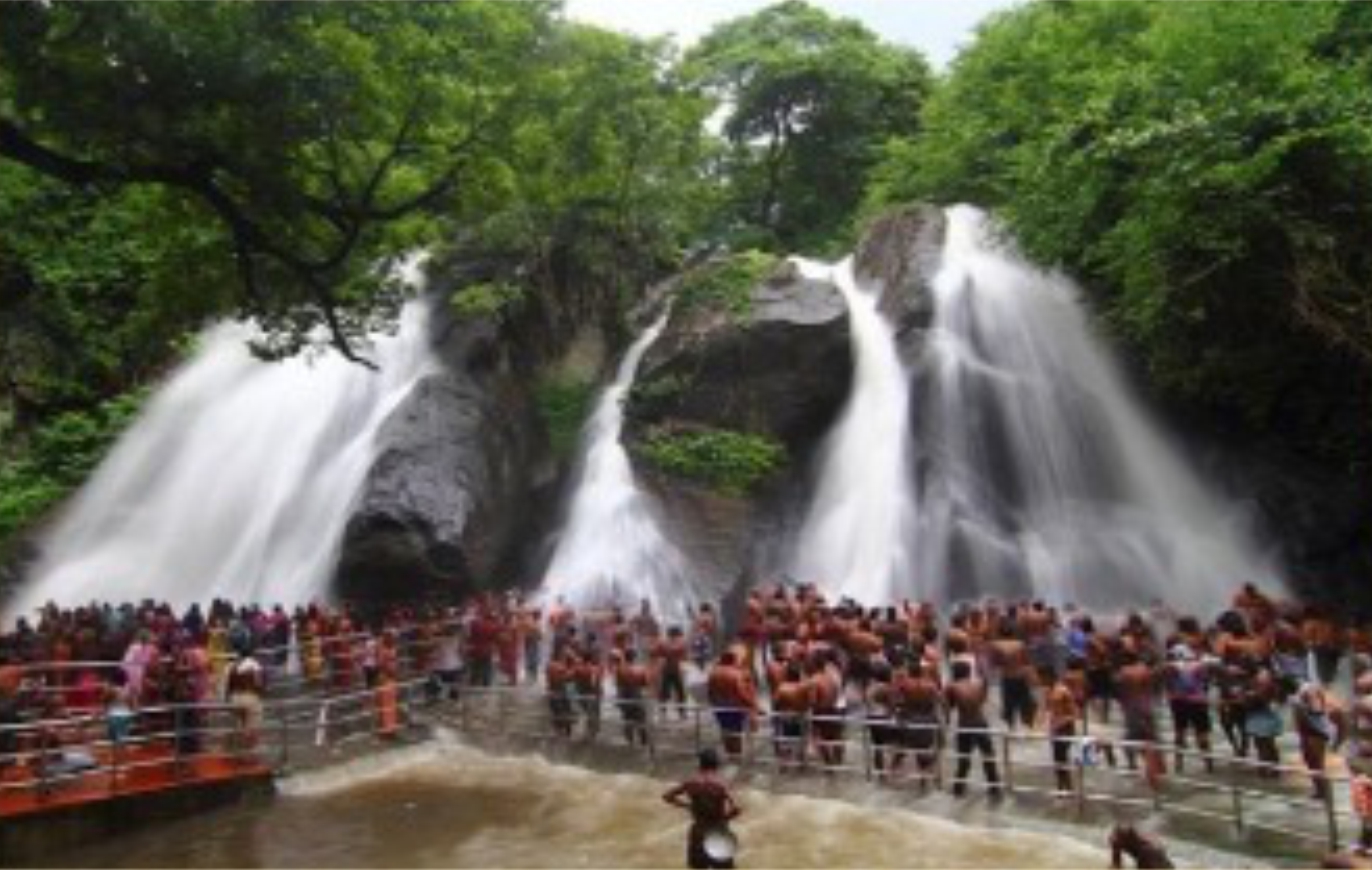
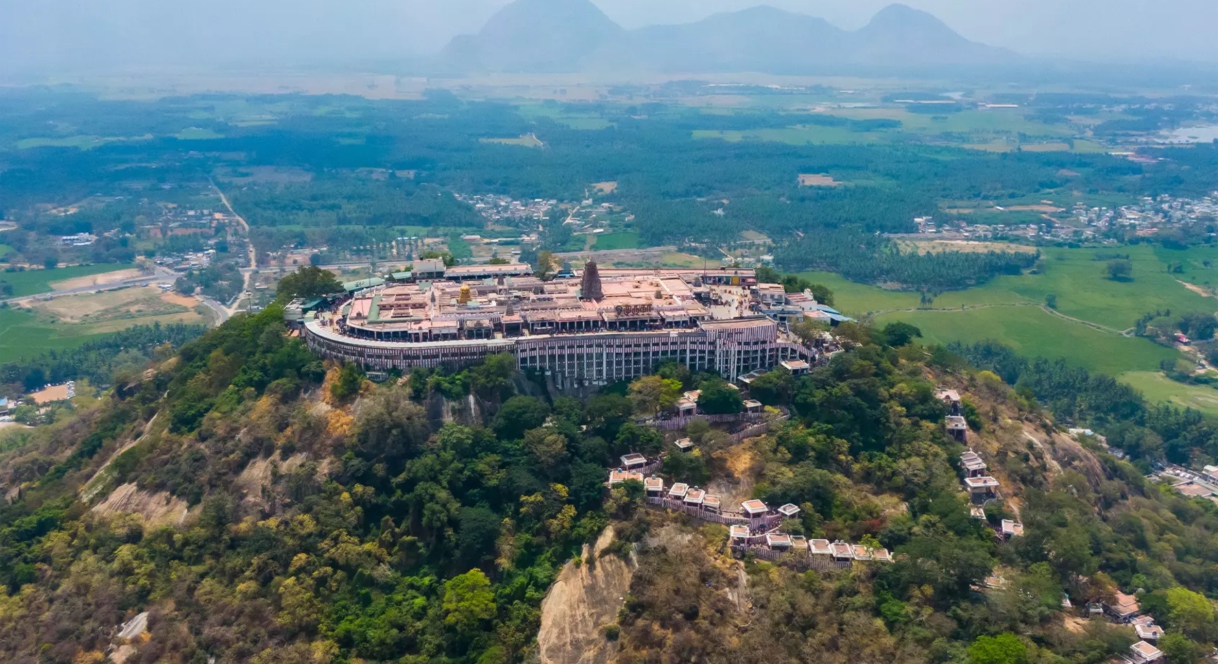
Copyright © 2025 Fortune Pandiyan Hotel. All Rights Reserved
WhatsApp us